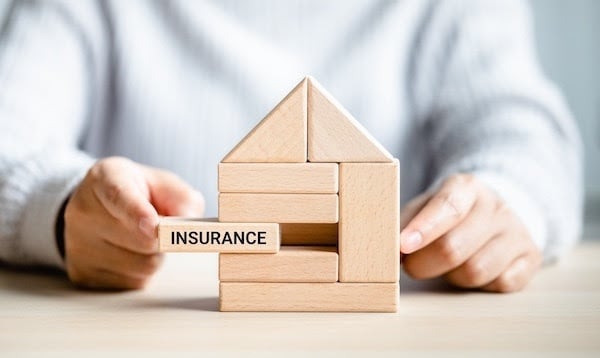5 THINGS YOU SHOULD DO IF YOUR HOUSE FLOODS


“Floodwaters can contain harmful bacteria, fecal matter, and even snakes or other critters,” says Audrey Monell of Forrest Anderson Plumbing and AC, in Phoenix.
“This will help your claims adjuster with the necessary documentation and investigation of your claim,” says Stefan Tirschler, product and underwriting manager at Square One Insurance Services.
“If gray or black water [from sinks and sewers] was involved in the flood, avoid coming into contact with the water,” warns Tirschler.
“To avoid electric shock, make sure the electrical breaker is off before electronics and appliances are moved or unplugged,” says Raymond Plante, vice president of account services for Rainbow International, a water damage, fire damage, and mold restoration company.
“The insurance adjuster assigned to your claim will help you to quantify the damage to your home, confirm that it is covered, and help you identify contractors to repair the damage,” says Tirschler.
“Your home insurance provider will generally help cover emergency mitigation expenses as part of your overall claim,” Tirschler says.
“Some may include coverage by default, while others may have upgraded flood coverage available as an optional endorsement,” Tirschler says.

Buying
Homeownership has long been considered a cornerstone of financial stability—but in today’s housing market, that assumption is under pressure. Mortgage rates remain s… Read more

Buying
When buying or selling a home, the appraisal process plays a crucial role in determining the final sale price. But what exactly is an appraisal, and how does it impact… Read more

Real Estate Update
NAR’s latest Consumer Guide provides an overview of property taxes, exemptions, reassessments and more to help buyers and sellers navigate real estate transactions.

Real Estate Update
Home insurance protects your most valuable asset – your home. With various coverage types and exclusions, it’s easy to overlook potential gaps. This guide will help yo… Read more

Buying
Becoming a homeowner is an exciting milestone, but it takes thoughtful financial planning. With evolving market trends, budgeting for homeownership in 2025 is essentia… Read more

Finance
As 2024 comes to a close, it’s the perfect time for homeowners to make strategic financial moves to maximize savings and prepare for the coming year. Here are some yea… Read more
You’ve got questions and we can’t wait to answer them.